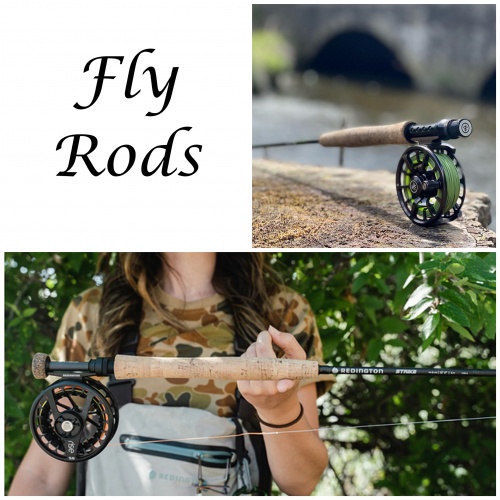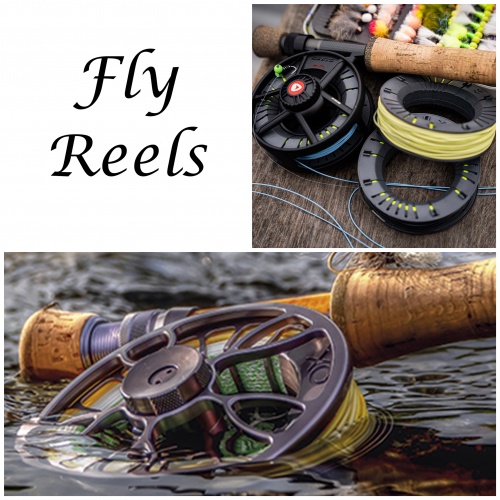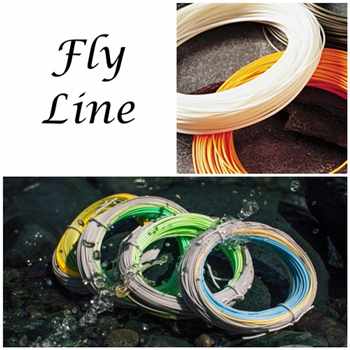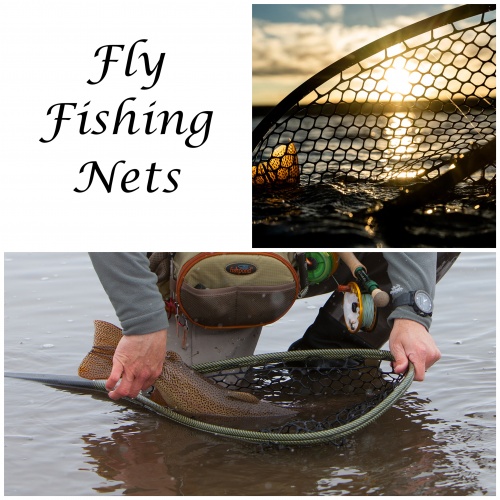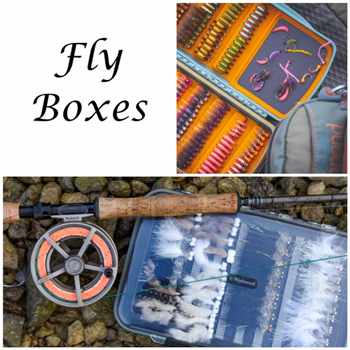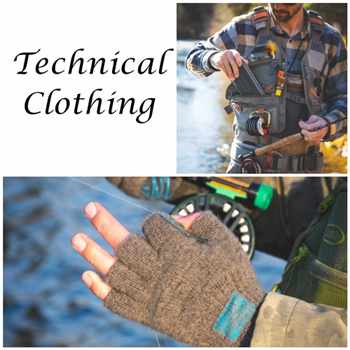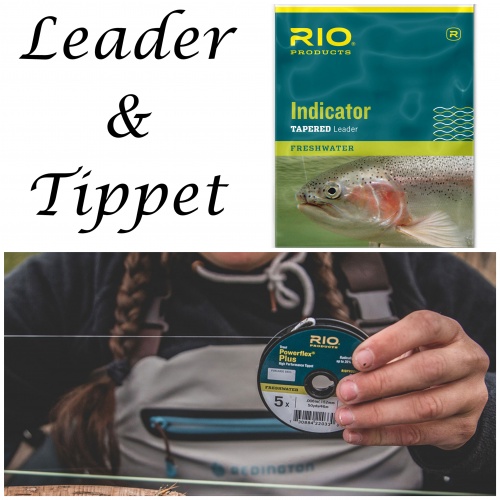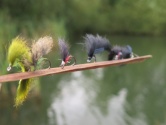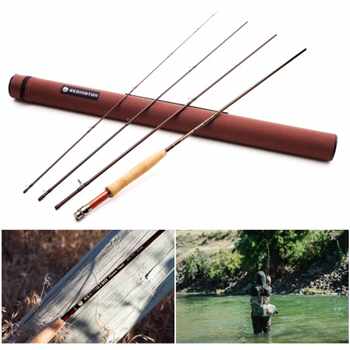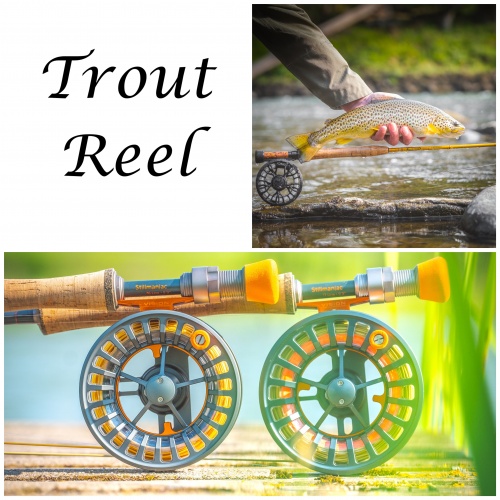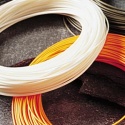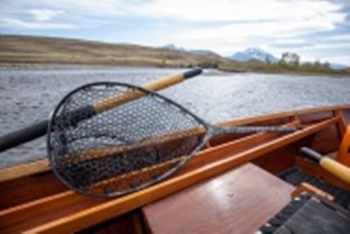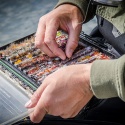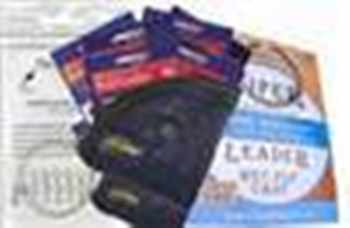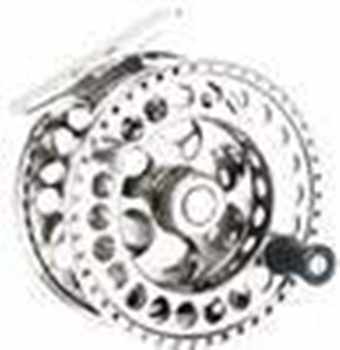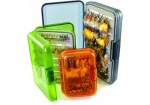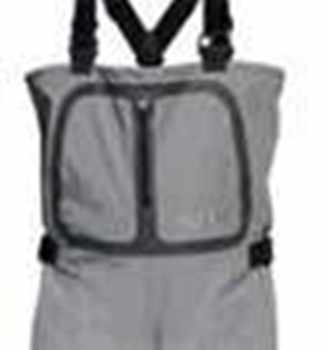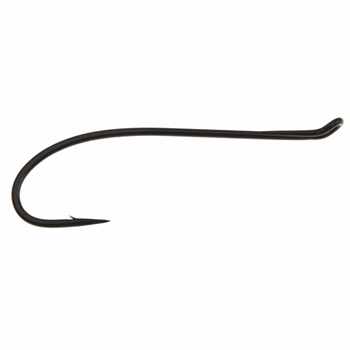Taking Care of Your Fly Fishing Line
 Modern lines for fly fishing have evolved exponentially over decades. But even with the space age materials used in its construction, a fly line is not indestructible. By taking a few reasonable precautions you will extend the life of your line.
Modern lines for fly fishing have evolved exponentially over decades. But even with the space age materials used in its construction, a fly line is not indestructible. By taking a few reasonable precautions you will extend the life of your line.
The appearance of small radial cracks in the finish coating are first visual clue that a line is nearing the end of its useful life. Such cracks occur because the plasticizers in the finish formulation have moved. Put simply, plasticizers are the liquids that hold solids together and provide the suppleness that is so important in fly line performance. Once cracks appear and water gets in, further deterioration can be rapid. The chemical process of movement (or migration) can be accelerated if the surface of the line is exposed to some chemical substances (found in most brands of insect repellent, suntan lotion and petrol, for example). Excessive heat, or prolonged exposure to direct sunlight can also have a detrimental effect. If you need to use liquid insect repellents, be especially careful about handling your line with repellent residue on the palms of your hands. Use the back of your hands to spread repellent to the neck and face.
Keep your floating fly line clean as microscopic particles of dirt and debris will adhere to its surface, adding weight that may eventually overcome the line’s natural buoyancy. Since it has a thinner coating of the buoyant finishing material than the larger diameter body, the tip of a tapered line will begin sinking first. This tells you it should be cleaned. In terms of the best cleaning method, some manufacturers include in their line package cleaner saturated felt pads, and recommend that the working part of the line be wiped with the cleaner pad each time before starting to fish. This pad will leave a film of lubricant on the surface to assist the line in moving efficiently through the rod guides. Other manufacturers recommend washing the line with a mild soap and water solution and wiping dry with a soft, clean cloth. Never ever leave a line-filled fly reel on the dashboard or rear ledge of a car parked in the hot sun. Heat buildup can literally cook the line and start internal plasticizer migration. Visible cracks may not occur right away, but the damage will have been done.
Regularly check you rod guides for wear induced sharp areas that will scuff or cut the surface of a fly line. The line guard area of the reel actually gets more wear from stripping off line than do the guides. A sharp projection on the reel line guard can slice and ruin a line. Some fishermen use the "hand twist" retrieve. But this can place an unusual amount of stress on that portion of the line that is handled. Gradually, the part of the line continually squeezed and stretched will break down.
If you look after your fly fishing line you can expect hundreds of hours of use from it.




